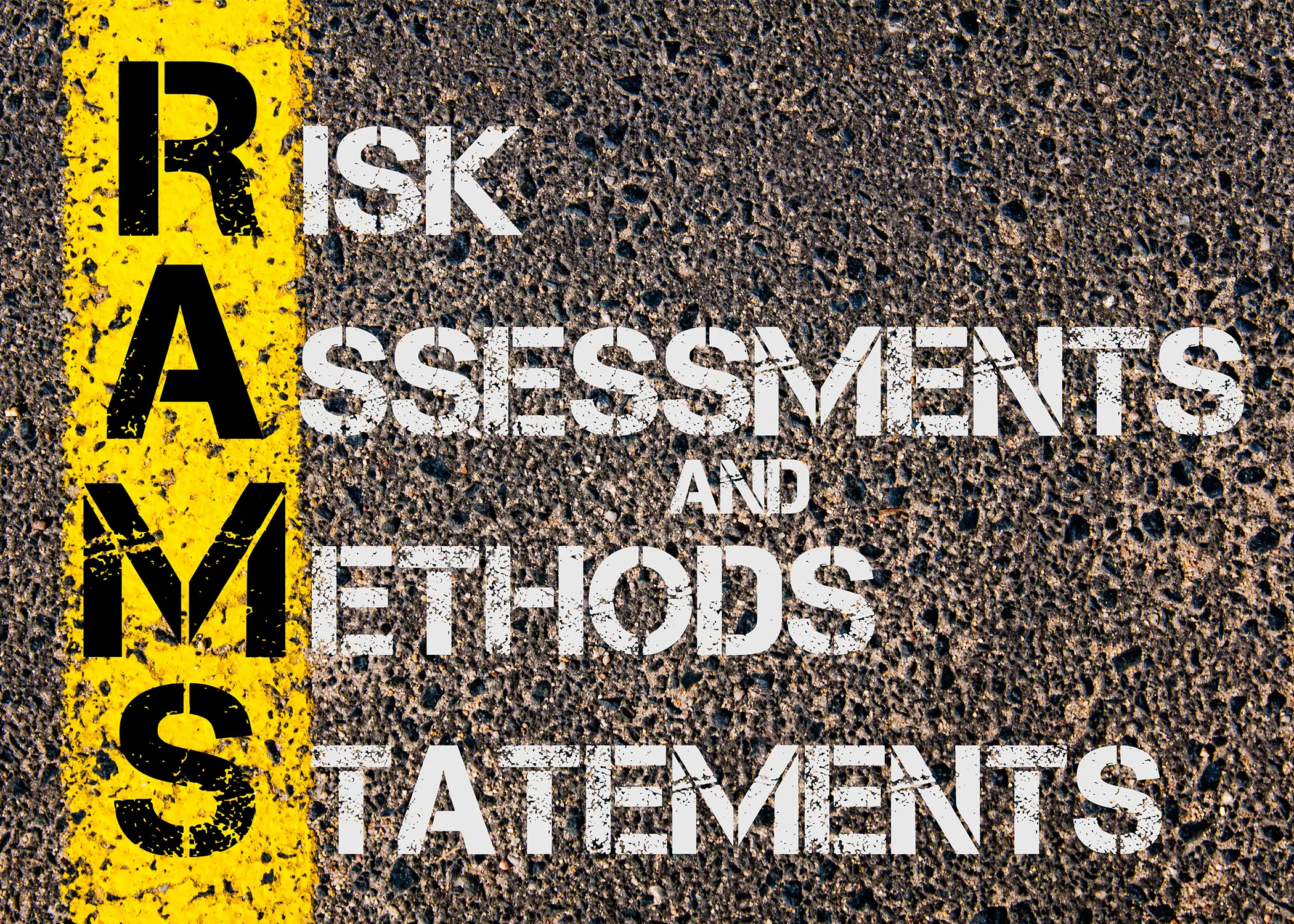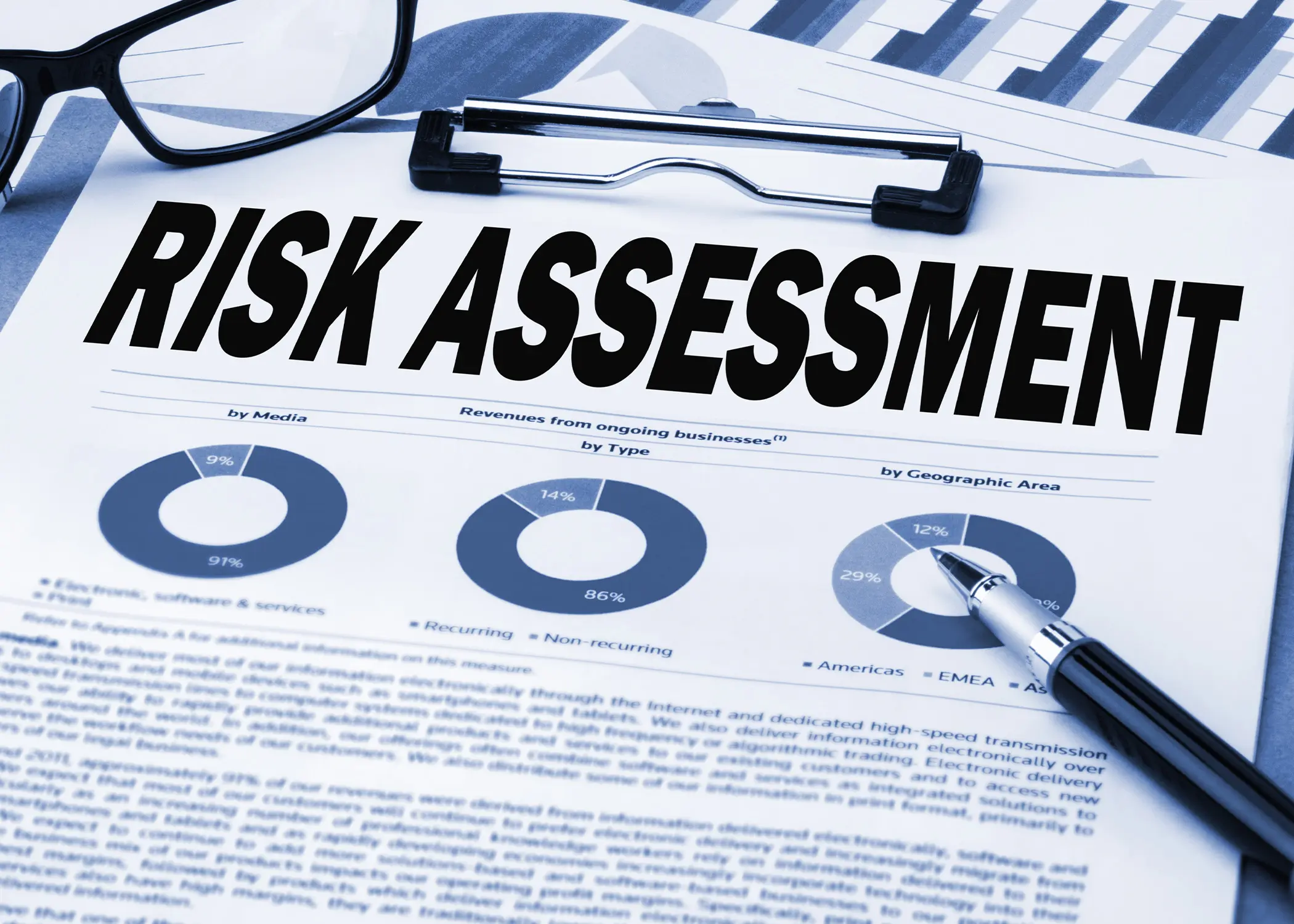Effective Risk Assessment

Simplifying Risk Management: Your Step-by-Step Guide to Effective Risk Assessment with RMT Solutions
Safety risk assessments are a critical process for companies and self-employed individuals, ensuring a safe and productive environment while embodying the core safety risk meaning. These assessments, through meticulous hazard identification and risk evaluation methods, allow for the early detection of potential threats that could affect a business’s operations, finances, or reputation. Implementing risk mitigation strategies and risk control measures at this stage facilitates strategic planning to either minimize or completely sidestep these risks.
Implementing a comprehensive risk assessment paves the way for establishing a robust safety management system, which is integral to creating a safe system of work (SSOW). This involves a series of risk assessment steps, including the identification of potential risks and the application of risk control measures. By consistently reviewing and refining these systems, a company or self-employed individual not only diminishes the chances of accidents but also bolsters productivity and efficiency, ensuring tasks are executed in the safest and most effective way.
Furthermore, adhering to hse risk assessment guidelines is not merely a wise business decision but also a legal mandate in numerous regions. These health and safety directives, including workplace safety regulations, underscore the importance of conducting thorough risk assessments to meet legal standards and maintain a safe working environment.Health and Safety at WorkFor instance, the Health and Safety at Work etc. Act 1974, alongside the Management of Health and Safety at Work Regulations 1999, and other pertinent safety legislation, mandate that organizations and self-employed persons carry out hse risk assessments. This is essential to comply with occupational health and safety standards, and neglecting this responsibility can lead to severe financial penalties and tarnish a company’s reputation, not to mention the risk to employee well-being.
In conclusion, risk assessment is an indispensable element that should be woven into the operational strategy of companies and self-employed individuals. It promotes safe systems of work, boosts productivity, and ensures compliance with safety training programs and emergency response planning. Moreover, it is a proactive measure that supports incident reporting procedures and helps manage risk effectively.legal complianceAdditionally, the practice of conducting regular safety audits, fostering a strong safety culture, and adhering to established safety policies and procedures not only protects the business from potential threats but is also a cornerstone of sustainable business growth and success. Therefore, risk assessments should be regarded as an essential component of a company’s safety procedures, integral to maintaining a resilient and thriving business.
Understanding Risk Assessments
Step-by-Step Guide to Conducting a Risk Assessment
Step 1: Establish the Context
- Define the scope: Clearly delineate the boundaries within which the risk assessment will take place.
- Identify your assets: Catalog the assets susceptible to potential risks, including tangible and intangible assets such as data, personnel, and brand reputation.
Step 2: Risk Identification
- Use historical data: Analyze past incidents to predict and prevent future risks.
- Consider external factors: Account for industry trends, technological advancements, and legal regulations.
Step 3: Risk Analysis
- Prioritize risks: Assess and rank risks by their potential impact to focus on the most pressing threats.
Step 4: Risk Evaluation
Risk acceptance decisions: Determine which risks are tolerable and which warrant intervention.
Step 5: Risk Mitigation
- Develop response plans: Strategize responses to effectively manage risks should they materialize
Step 6: Monitoring and Review
- Regularly reassess risks: Adapt your risk assessment to evolving threats.
- Monitor risk controls: Evaluate the efficacy of your mitigation efforts and adjust as necessary.

Integrating RMT Solutions for Enhanced Risk Management
Integrating RMT solutions can significantly improve your risk mitigation planning. By employing cutting-edge technology in your risk assessment process, you can streamline operations and enhance your organization’s risk management capabilities.
Conclusion
Risk assessment is a non-negotiable aspect of robust risk management and business risk mitigation. Following this guide and implementing RMT solutions can help organizations refine their risk assessment procedures and bolster their overall risk management framework.
For more insights on risk assessment and the benefits of RMT solutions, explore our additional resources. Embrace proactive risk management with innovative RMT to protect against business uncertainties and drive growth.